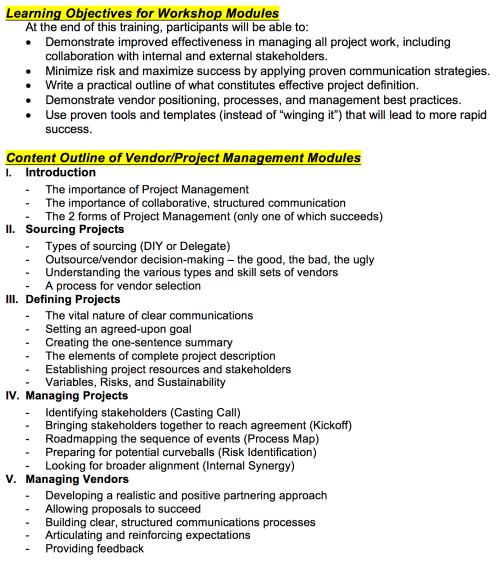I recently had a wonderful conversation with a smart professional in our industry whom I’ve known for years, Kari Gearhart. Kari had a long career in commercial pharma (much of it with Merck), and was heavily involved in many facets of corporate training during that time.
 But, as she started to look ahead at new career options – either within the industry, or potentially after retirement – she realized the importance of expanding her network. Not only within the narrower circle of her company or industry, but also in other areas of professional and personal interest.
But, as she started to look ahead at new career options – either within the industry, or potentially after retirement – she realized the importance of expanding her network. Not only within the narrower circle of her company or industry, but also in other areas of professional and personal interest.
Kari and I had a number of talks over the years about these transitions, and when she was ready to retire from Merck, she had created a robust network of other people who shared her interest in professional development. This led to a board member position within the Healthcare Business Women’s Association (HBA); strategic alliances (and referral relationships) with like-minded others; and an opportunity to build her own consulting practice. An important part of this transition was to create the space and the time to pursue her passion in women’s leadership development and in particular a program called Fit-to-Lead that she co-developed with a colleague. The program focuses on making the connection between taking on a significant fitness challenge (e.g. Triathlon), and leadership growth.
According to Kari, it was the outside volunteering opportunities (through HBA and other groups) that led to the most fruitful connections as she planned out the next phase of her professional and personal life. Many of us, as we get older, begin to pay more attention to “legacy passions” brewing within us – those things that we want to accomplish which may have little to do with the next step on the corporate ladder. Kari’s desire to impact others compelled her to start exploring these new avenues, even as she continued her work at Merck.
One of the joys of her current status is that Kari now has more room to explore, to be open-minded, and to let opportunities take shape at a more organic pace. Her “master plan” during this phase of her life has lots of flexibility built into it, and many of those avenues of exploration come via her growing network.
Careful financial planning and long-term thinking about how she wanted to evolve into new opportunities kept Kari from being lost in the cold after leaving corporate life, a fate which befalls many who retire or are involuntarily downsized. In fact, within days of catching up with Kari, I sat down with a gentleman whose many years in the industry came to an abrupt end, and he had to ruefully admit that he had not pro-actively built a wide network ahead of time, or explored other potential options before being suddenly set adrift.
Kari and I concluded our talk with several summary points for all of our colleagues to consider:
- Build a broad network NOW, before you need it (hint: some of your best potential contacts will be on the vendor side; in adjacent roles/companies; and in volunteer roles). Connect to, and cultivate, pro-active networkers.
- Talk to people who can help you think differently. If need be, do some strengths assessments and hire a professional coach for a season.
- Get in touch with your legacy passions. What do you want to accomplish in your latter years? How can you plan backwards from that future to make it happen?
I will add this, from my experience – making weak ties with hundreds of people (such as LinkedIn connections) cannot hold a candle to cultivating strong ties with a handful of smart, pay-it-forward people. They are the ones who will go to bat for you and make things happen. Successful networking is not merely a numbers game – it’s primarily about quality and authenticity.
There is no corporate safety net anymore, right? Start building your own opportunity network.
More in the Impactiviti Interview series:
Training Journey – From Major Pharma to Startup
Training for the New World of Specialty Pharma
Becoming a Consultant – Should You?
Two Keys to Successful Product Launches
Clinical Training Innovation at Depomed
Development of Field Leadership at Gilead Sciences – “Touchpoints”
Lessons from the Dark Side
Read Full Post »
 I worked on the vendor side for 10 years and saw first-hand how costly it can be to have people running projects who have never been trained in the basic principles of project and vendor management.
I worked on the vendor side for 10 years and saw first-hand how costly it can be to have people running projects who have never been trained in the basic principles of project and vendor management.





 But, as she started to look ahead at new career options – either within the industry, or potentially after retirement – she realized the importance of expanding her network. Not only within the narrower circle of her company or industry, but also in other areas of professional and personal interest.
But, as she started to look ahead at new career options – either within the industry, or potentially after retirement – she realized the importance of expanding her network. Not only within the narrower circle of her company or industry, but also in other areas of professional and personal interest.